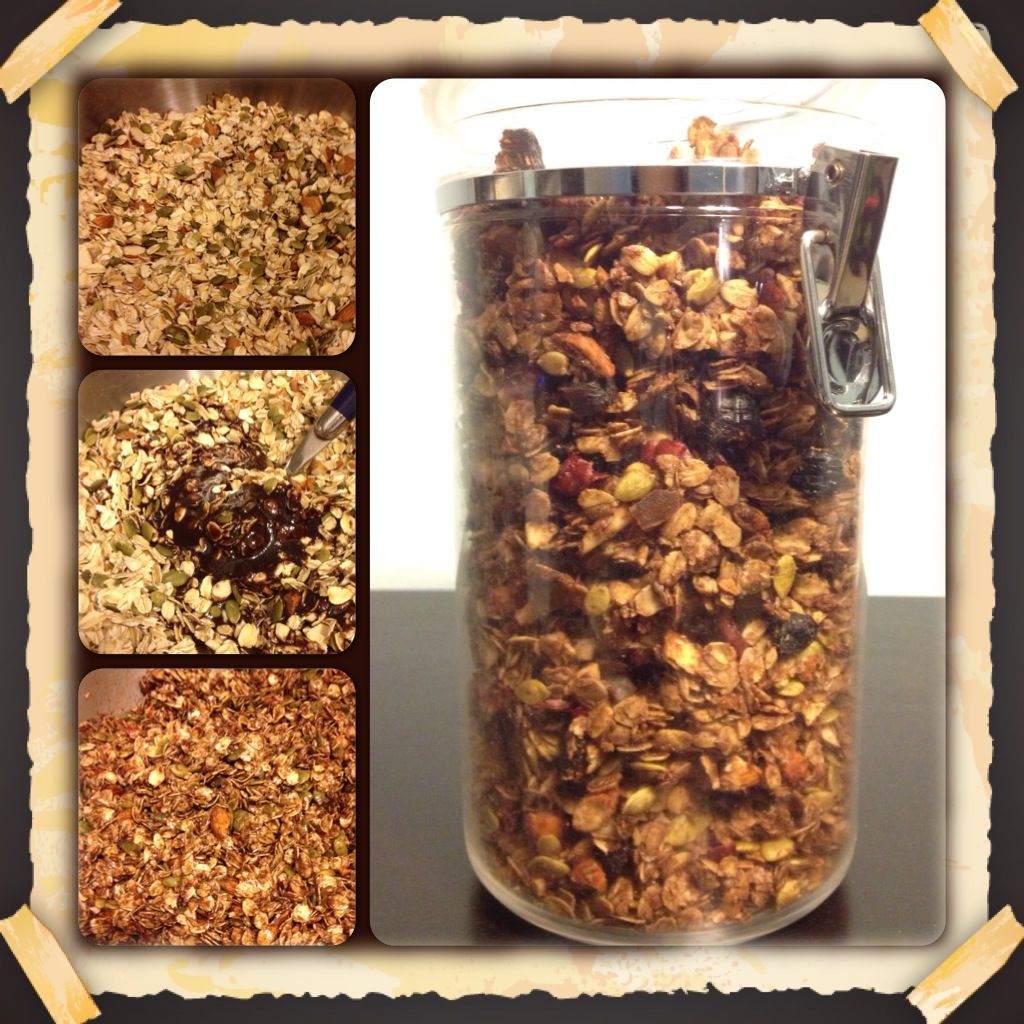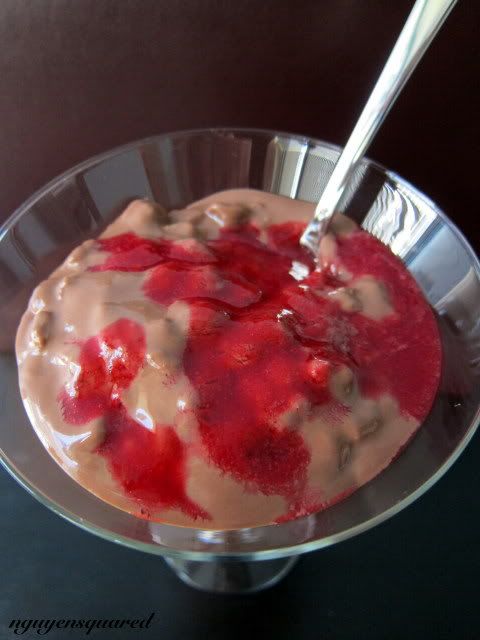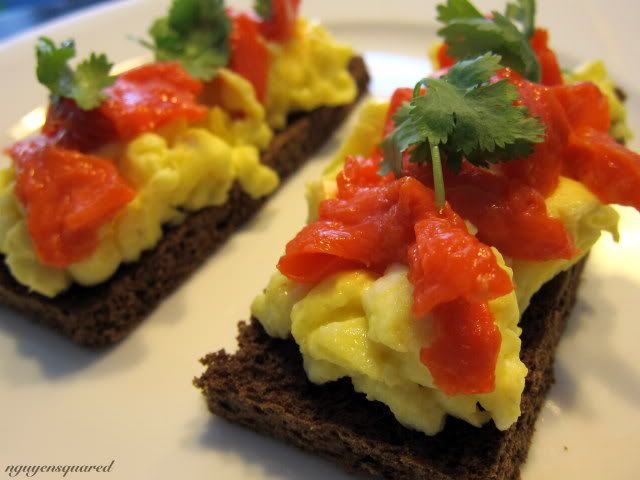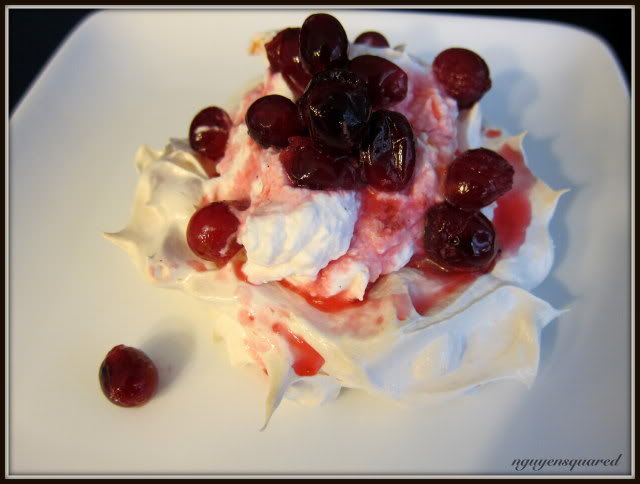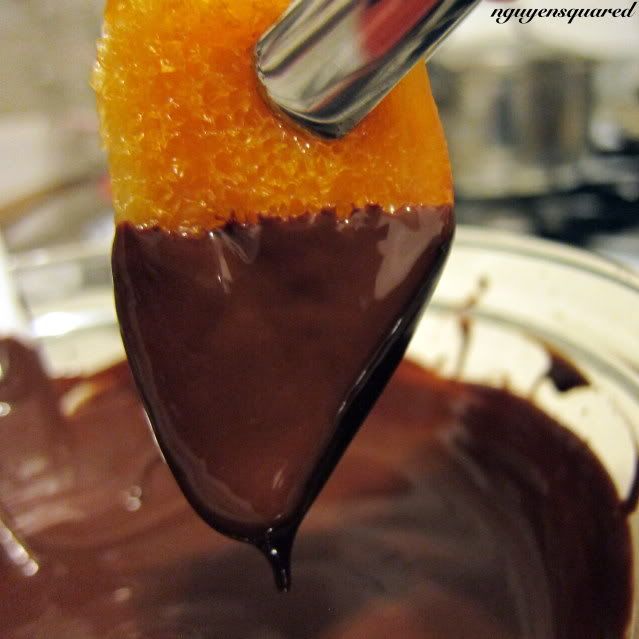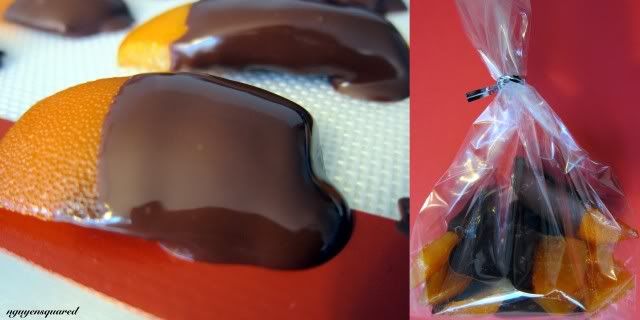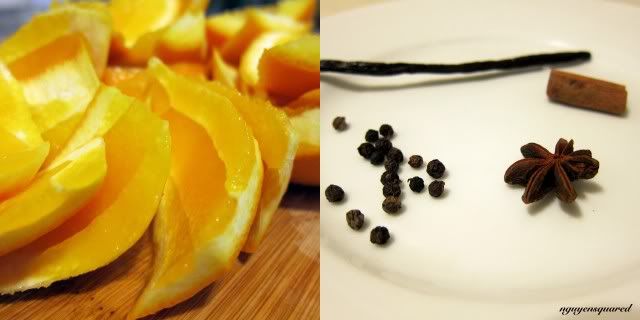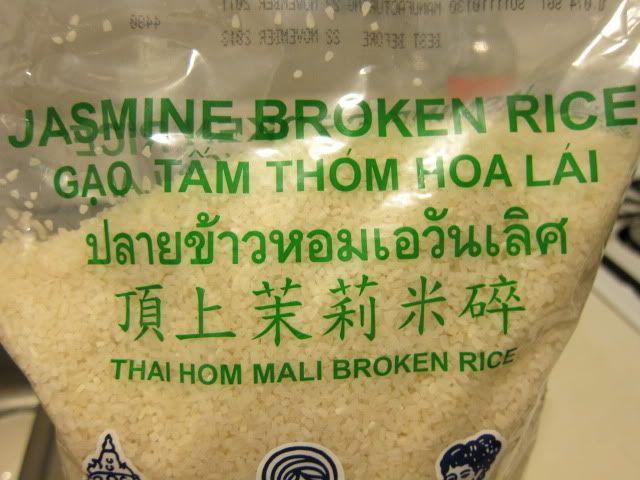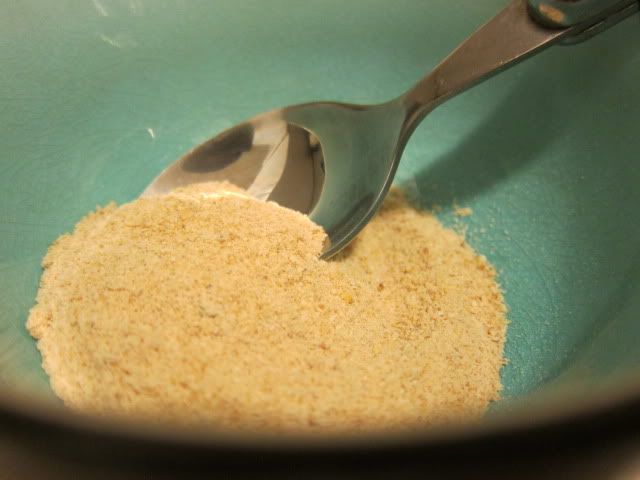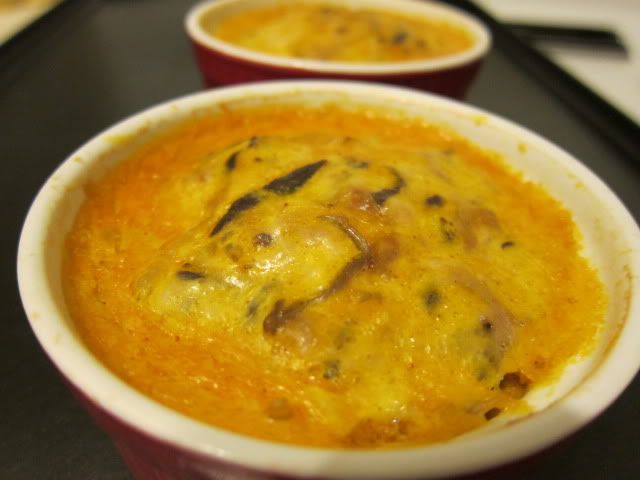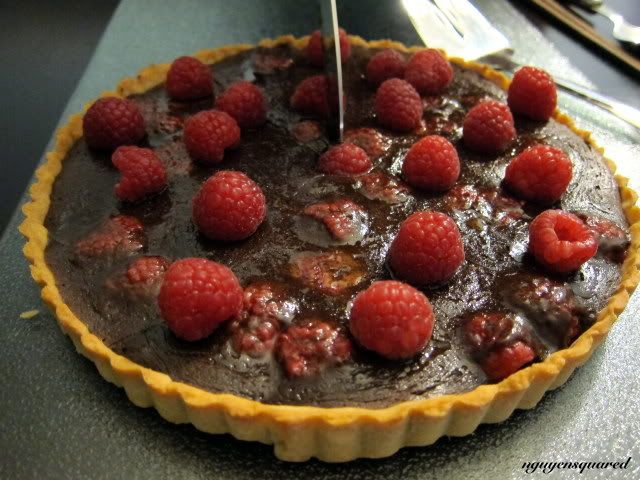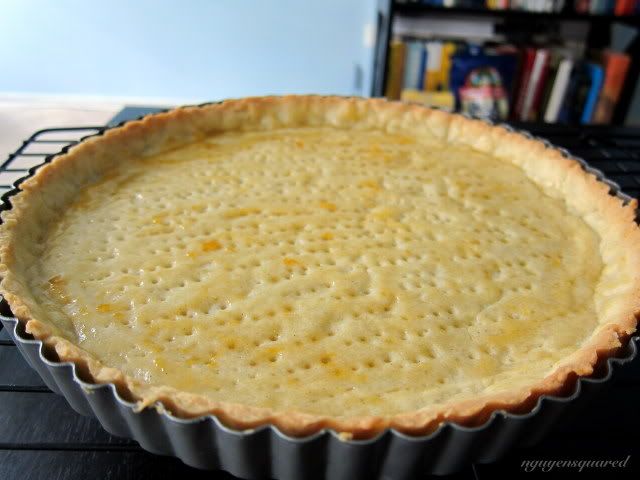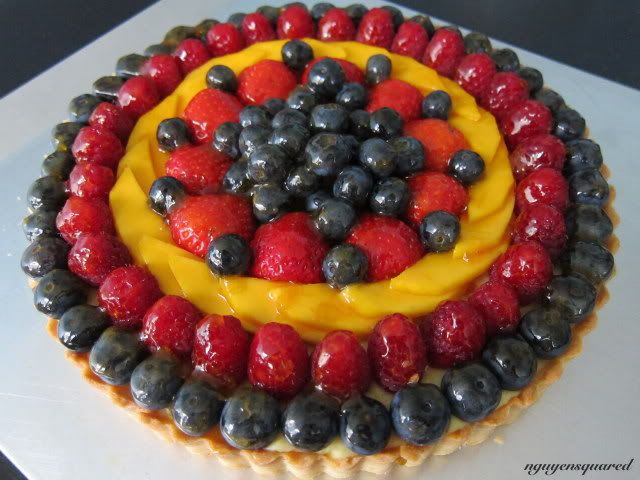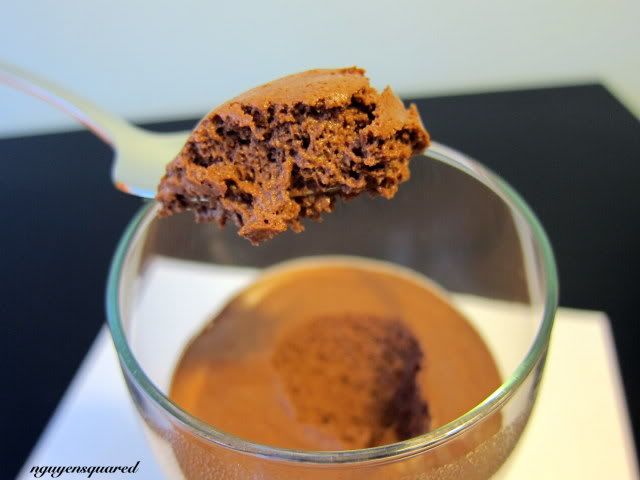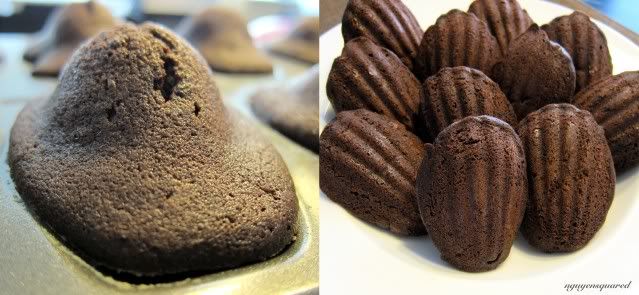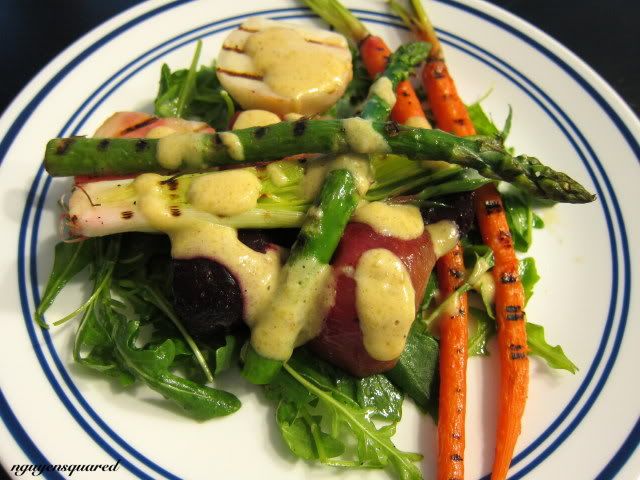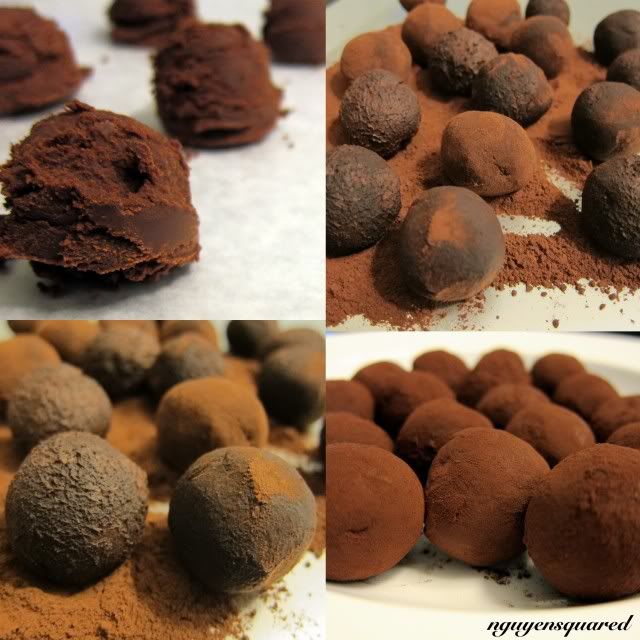The next two entries are gonna be about tarts since I made a large batch of tart dough. But before you accuse me of only sticking to chocolate desserts, I kinda plead guilty to that. But now and then I reluctantly stay away from chocolate desserts. But given a choice, I would still go for something chocolaty. Anyway, last weekend I decided to make a fruit tart because 1) it felt like summer, 2) it was for a kid's birthday party where most people aren't quite like me, i.e. a chocoholic, and 3) I still had a dish of sweet tart dough in the freezer (which I originally made for a, you guess it, chocolate tart.)
Before we begin, I have to warn you that this tart dough is really good but requires advanced planning as it needs time to chill. If you decide to make a tart impulsively, I suggest trying Ina Garten's easy dough, it can be used right away.
So let's start with the sweet tart dough. This recipe is by Pierre H. He recommends making it in a large batch to avoid overworking the dough.
INGREDIENTS:
2 1/2 sticks (285g) butter, at room temp.
1 1/2 cups (150g) confectioners' sugar, sifted
1/2 cup lightly packed (100g) finely ground almond powder
1/2 tsp salt
1/2 tsp vanilla bean pulp or vanilla extract
2 large eggs, at room temp., lightly beaten
3 1/2 cups (490g) all-purpose flour
METHOD:
To make the dough in a mixer:
Place the butter in the bowl of a mixer fitted with the paddle attachment, and beat on low speed until creamy. Add the sugar, almond powder, salt, vanilla, and eggs, and beat to blend the ingredients. Add the flour in three or four additions and mix only until the mixture comes together to form a soft, moist dough - in seconds. Don't overdo it.
To make the dough in a food processor:
Place the butter in the bowl of a food processor fitted with the metal blade and pulse, until creamy. Add the sugar and process to blend well. Add the almond powder, salt, and vanilla and continue to process until smooth, then add the eggs and blend. Add the flour and pulse until the mixture just starts to come together. When the dough forms moist curds and clumps and then starts to gather into a ball, stop!
Once you are done with making the dough by either method, gather it into a ball and divide it into 3 or 4 pieces: 3 for 10-in tarts, 4 for 9-in ones. If you have not made tart shells before, I suggest dividing into 3 even if you use the smaller tart pan. Gently press each piece into a disk and wrap each disk in plastic. Allow the dough to rest in the refrigerator for at least 4 hours, before rolling and baking. (When wrapped airtight, the dough can be kept in the freezer for up to a month.)
For each tart, place a (buttered if not nonstick) tart ring on a parchment-lined baking sheet. Work with one piece of dough at a time, keep the remaining in the refrigerator.
Lightly flour a work surface, roll a dough to a thickness of between 1/16 to 1/8in (2 to 4mm), lifting the dough often and making certain that the surface and the dough are floured at all times. Roll the dough up around your rolling pin and unroll it onto the tart ring. Fit the dough into the bottom and up the sides of the ring, then run the rolling pin across the top of the ring to cut off the excess. If the dough cracks or splits as you work, patch them with scraps but make sure not to stretch the dough that's in the pan. Use a fork to prick the dough all over (unless it's going to be filled with a runny custard or some other loose filling), and chill it for at least 30min in the refrigerator.
Preheat the oven to 350ºF (or 180ºC). Fit a circle of parchment paper or foil into the crust and fill with dried beans or rice.
Bake the crust for 18-20min, until it is very lightly colored. Remove the parchment paper and beans and bake the crust for another 3-5min, until golden. Transfer the crust to a rack to cool.
For the custard, I used another recipe by P. It's creme de patisserie, or pastry cream. It's quite versatile and can be used to fill eclairs, cream puffs, etc.
INGREDIENTS:
2 cups (500g) whole milk
1 moist, plump vanilla bean, split lengthwise and scraped
6 large egg yolks
1/2 cup (100g) sugar
1/3 cup (45g) cornstarch, sifted
3 1/2 Tsp unsalted butter, at room temp.
METHOD:
In a small saucepan, bring the milk and vanilla bean (pulp and pod) to a boil over medium heat. Cover the pan, turn off the heat, and allow the mixture to rest for 10min.
Fill the bottom of a large bowl with ice cubes and water. Set aside a smaller bowl that can hold the finish cream and be placed in this ice bath.
Whisk the yolks, sugar, and cornstarch together in a medium saucepan. Whisking all the while, very slowly drizzle a quarter of the hot milk into the yolks. Be patient or your yolks will be scrambled. Still whisking, pour the rest of the liquid in a steady stream into the tempered yolks. Remove and discard the vanilla bean pod (or use it to make vanilla sugar). Place the pan over medium heat and whisk vigorously and without stop until the mixture comes to a boil. Whisk energetically for 1-2min. By now, the mixture should have thickened. Remove the pan from the heat and scrape the pastry cream into the prepared bowl.
Set the bowl into the ice-water bath, and stir frequently to keep the mixture smooth. Cool the cream to 140ºF (60ºC). Remove the cream from the ice-water bath and stir in the butter in three or four additions. Return the cream to the ice-water bath and keep it there until it is completely cool, remember to stir it occasionally.
To assemble the tart:
INGREDIENTS:
1/2 cup apricot jam
1 Tsp water
Fruits
METHOD:
For the fruits: you may choose to use any combination of fruits you like, for the best look, mix fruits with contrasting colors. Here, I used blueberries, raspberries, strawberries, and mango.
Heat the jam-water mixture to create a glaze.
Brush the tart crust with a layer of glaze to prevent it from getting soggy from holding the pastry cream. Let the glaze gel for about 20min. You will get something that looks like this
Remove the crust from the tart ring. Spread the cream evenly to cover the entire height of the tart.
Arrange the fruits according to your preference. Brush the tops of the fruits with a layer of glaze to prevent them from getting dry and to give your tart that nice shine. And voila!
Bon Appetit!
